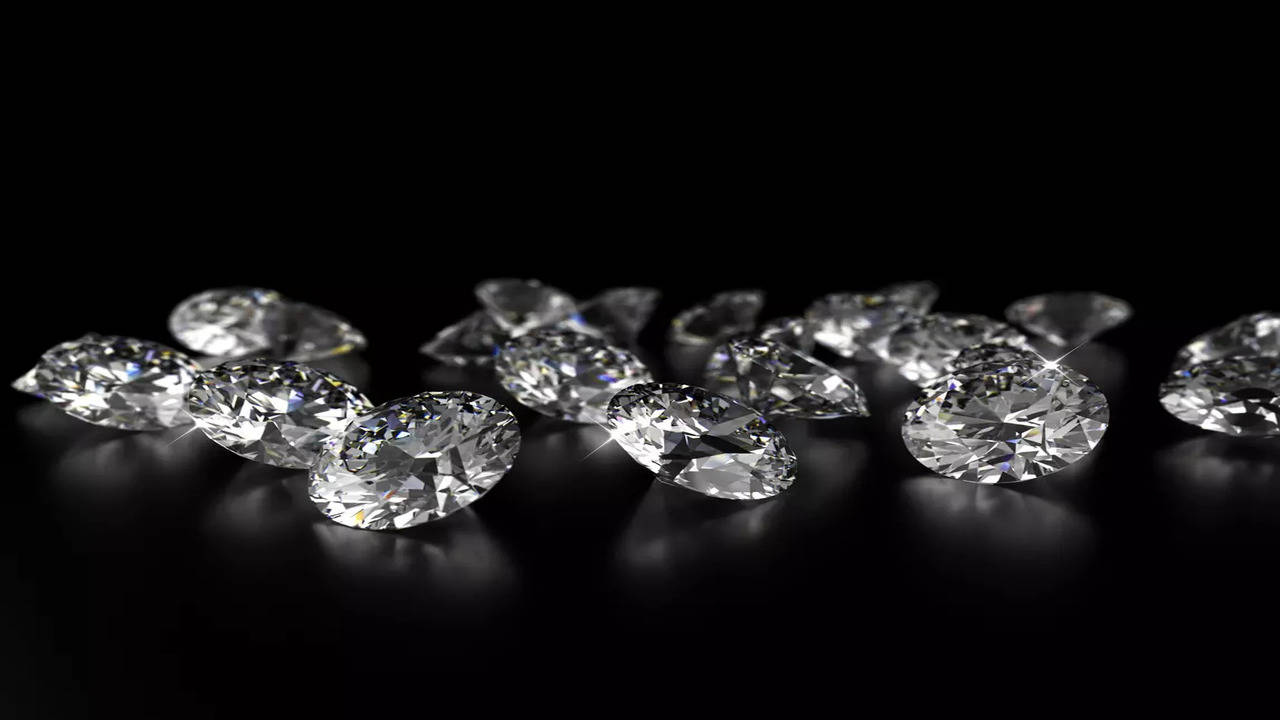[ad_1]
MY Very first GLIMPSE of Tang Tune was by means of the windshield of a auto. He was perched on a rooftop higher over the bamboo-covered mountains as I drove up to his lair. With his newly-shaved brown head shining in the sunlight and his pointed ears cutting the sky at the rear of him, he appeared like Lucifer, the fallen angel, peering down more than his subjects as they concluded their very long journey. 1st impressions go a very long way and Tang’s. . .properly, his keeps on likely. The scene appeared straight out of a James Bond movie: a secret, remote headquarters the place a mad villain paced the rooftop conspiring to decimate the world. Within, his sprawling intricate exposed one more intense reality. Aside from a smaller untidy home that held a cot and hotplate, the entire uncooked concrete shell—room immediately after room, ground immediately after floor—was filled with Tang’s daring installations and paintings standing resolute to the bare factors, productions of sheer madness.
I was up on this mountainside to interview Tang for the Asian Art Archive’s 1980’s project, which aimed to gather first-hand information and facts from people who helped condition that tumultuous period in China. There was a particular serendipity in coming below for responses. In some means, Tang’s hand was complicit in that decade’s violent crescendo. His collaboration with artist Xiao Lu in the seminal 1989 exhibition China Avante-Garde unleashed a shot of defiance that rang out all around the entire world and predicted the tragedy in Tiananmen Square just a couple of months afterwards. This legendary episode is viewed as a milestone in Chinese modern art, still Tang hardly ever totally recuperated from its calamitous reverberations.
Our job interview was not straightforward. Tang was never one particular to just give you what you wished. He experienced a way of rhetorically mirroring any question you posed so that it appeared irrelevant, insignificant and often downright silly, specially concerning delicate topics. Tang was himself a sensitive topic and, in a way, his possess nemesis. He ongoing to communicate in koans suitable up to the finish, nonetheless his ambiguity did not inhibit his incredible heart, which seemed to be in a condition of constant reconciliation. Producing to the critic Li Xianting in June of 1989, he pronounced: “I regard a person’s daily life, or my particular life, as an experiment, an experiment with an artistic attribute.” Tang was intimate with the absurdities and the futility of everyday living, probing his existence and the calamities that plagued it via his perform.
Tang’s childhood in the course of the Cultural Revolution was marred by his mother’s suicide when he was just seven a long time old. Immediately after a stint in the navy, of which he fondly remembered the training course of gruelling workout, he enrolled in the Ink Portray division at what is now the China Academy of Artwork at a time of fervent experimentation. He remembered that “there was no such issue as up to date,” and no terms to adequately explain what was happening: “Where does the new get started?” His early will work were a considerably departure from the recommended ink on xuan paper, tending to multi-media set up and performance. In simple fact, motion turned the mandate for his lifestyle and perform, with all his creativeness stemming from functionality. Robert Rauschenberg’s trip to Beijing in 1985 left a profound impression on Tang. The American artist warned the young Chinese student not to “always consider about what to do in New York, or what to do in Paris, but to construct a thing new that belongs to China, in your personal region. . .Will not eat other people’s leftovers.”
Soon right after that renowned shot marked the close of the ’80s, Tang stowed absent on a cargo ship from Hong Kong to Australia. He was uncovered by the ship’s captain as they crossed the equator. When Tang eventually emerged into the daylight, the initial he’d observed in weeks, a rainbow stretched throughout the sky to greet him. He recalled that “the ship steered toward the rainbow but could under no circumstances attain it and the rainbow would hardly ever fade away.” The rainbow grew to become the image of hope and eternity that seems in the course of Tang’s later paintings, and was a driving force in his daily life. Even so, this hope was momentarily crushed when, on arriving in Australia, he was detained in a refugee internment camp for 6 months. Tang’s time there wasn’t uncomplicated, but he continued to make his Action will work and uncovered ways to endure. He exhibited an set up of 5 thousand matches all standing with their guidelines facing up, producing a gorgeous sea of crimson. It was a small sculpture with lots of implications that had to be vigilantly viewed over by a safety guard so that no fire would erupt. The do the job, like Tang’s character, was a dare, a menace and an invitation at the similar time. He afterwards claimed of his paintings: “I want them to make men and women truly feel awkward, give them nightmares. And when they wake up, they really feel gratified.”
Tang returned to China in 2007 and commenced performing fervently and nomadically, maintaining studios in Beijing, Hangzhou and Shanghai, but seldomly exhibiting. His return was not so substantially a reunion with a missing land and folks but a catalyst for inward exploration. The canvases he made in excess of these years are the final result of a series of determined, decided steps. He forcefully worked his surfaces with dense coats of paint, in some cases utilized with mops, over a grid or other designs built of strings. Sometimes he applied a electrical power observed to reveal the painting’s self-referent archeology—years of labor, anguish, indecision, disgust, jubilation, transcendence. The sheer thickness and scale of the paintings, up to 30 meters very long, reveal the strength and bodily stamina Tang utilized to execute them. Portray is no simple task, capable of exhausting one’s very important essence, yet with each canvas there are no signals of Tang retreating. Each individual are offered like mere situations in a extended background of turmoil fairly than completed will work of artwork.
I did not see Tang for a long time right after that interview on the roof till a chance encounter reunited us. It was almost certainly his to start with social occasion in yrs and he believed it was fate that brought us collectively, just like fate introduced him Lao Wang, his new spouse who, like an angel on his shoulder, guided him towards the light-weight. “My portray is a way of courtship and this like is about liberty,” Tang stated of his works but he could have simply been speaking about his life with Wang. My return to Tang and his art actually left me shaking in my shoes. His canvases, scarred like the guy himself achieved simultaneoulsy in the direction of the inner self of Ātman and outward to our common, unfamiliar eternity. It’s not usually in the jaded art small business that we experience legitimate existential awe for the duration of a studio visit. We’re all much too intelligent to be psychological or philosophical. Then Tang invited me to arm wrestle him, drink with him, smoke with him. That’s the way he was. He’d threaten you with a knife and then dance with you.
There was continue to significantly to do. He experienced only started his new system of action, but it goes devoid of saying that no matter how you move towards the rainbow, you are going to hardly ever arrive at it. It is no coincidence that on the early morning he passed, Shanghai’s skies ended up lit up with rainbows.
Farewell you bastard!
Mathieu Borysevicz is the founder of BANK/MABSOCIETY in Shanghai.
[ad_2]
Source website link







